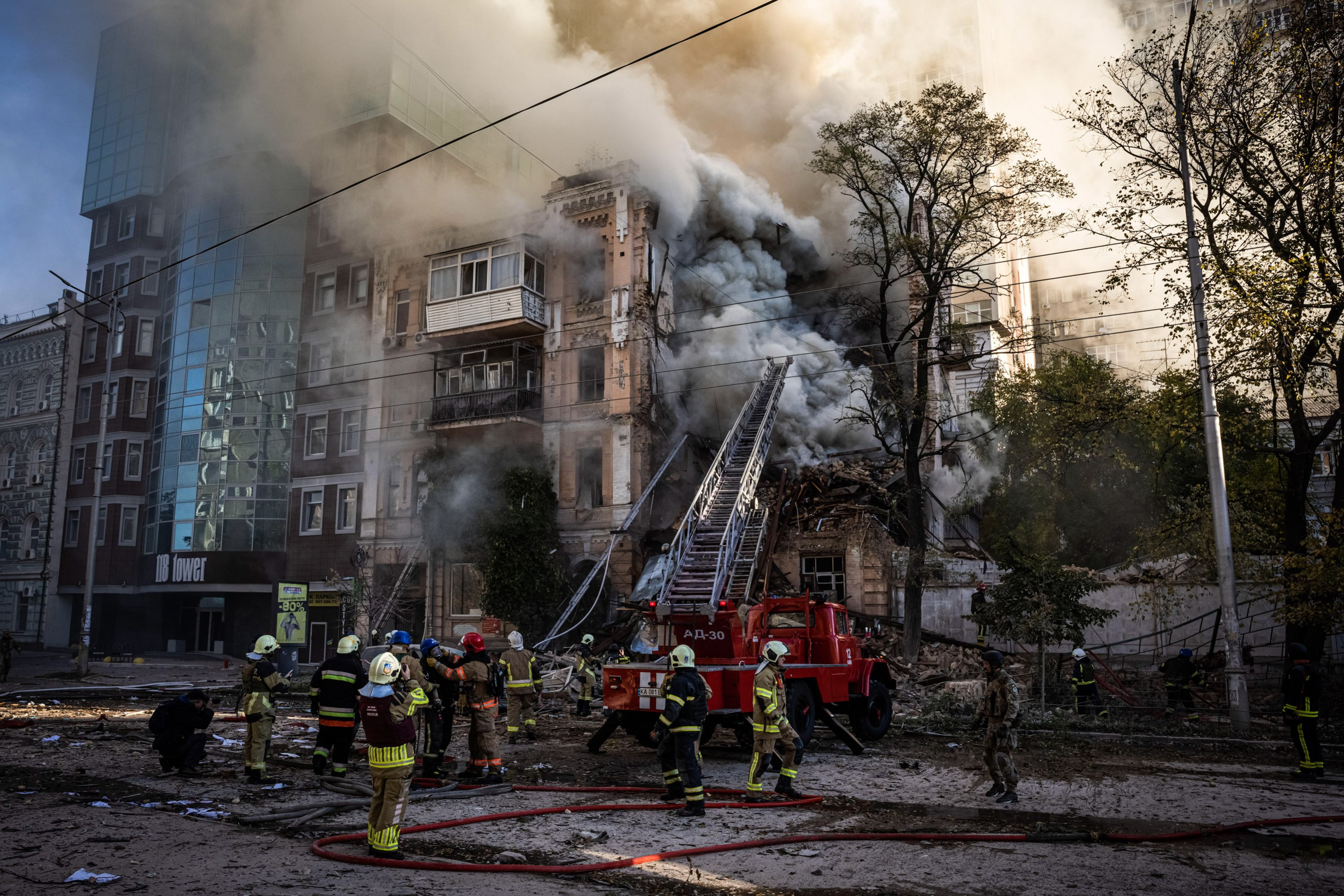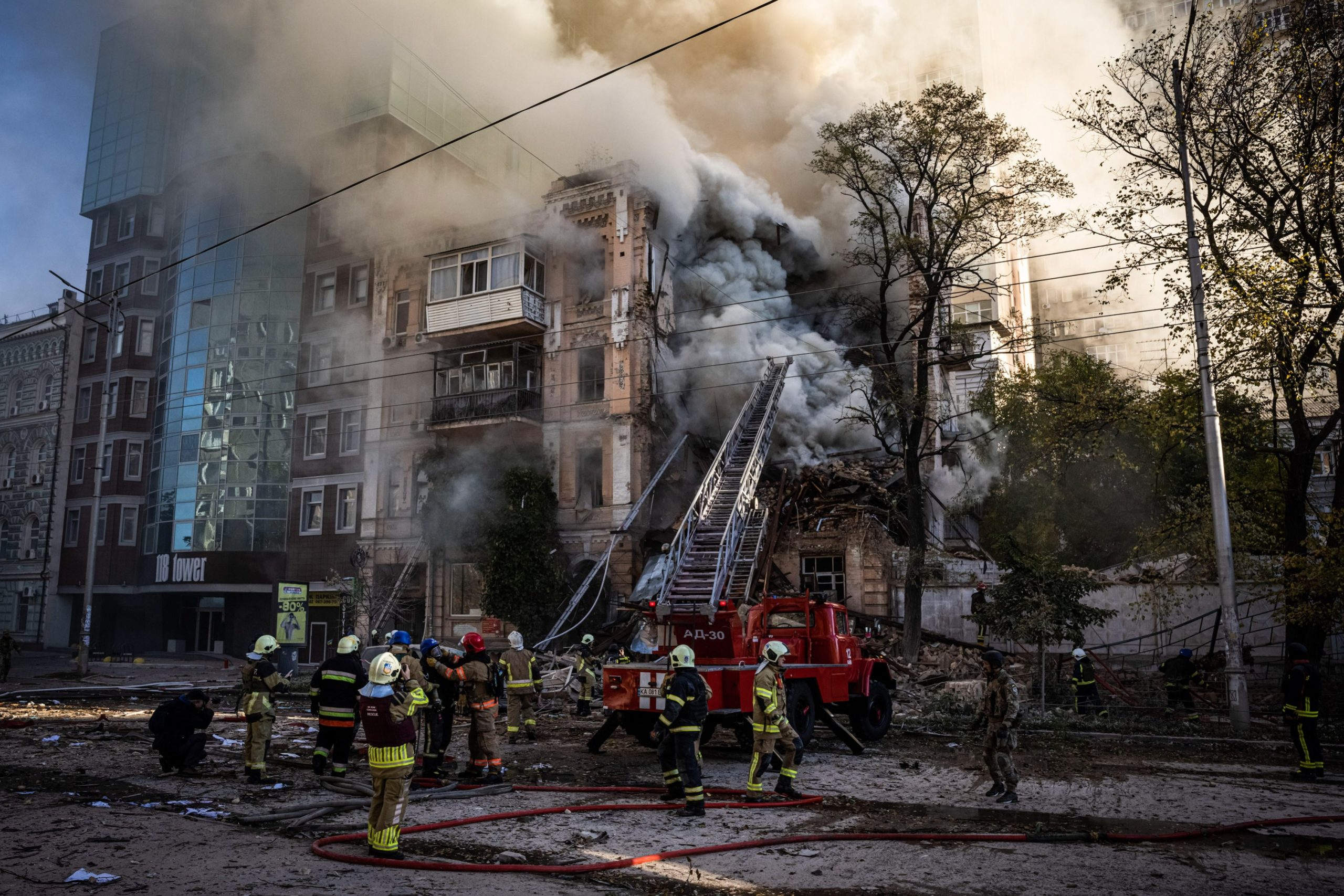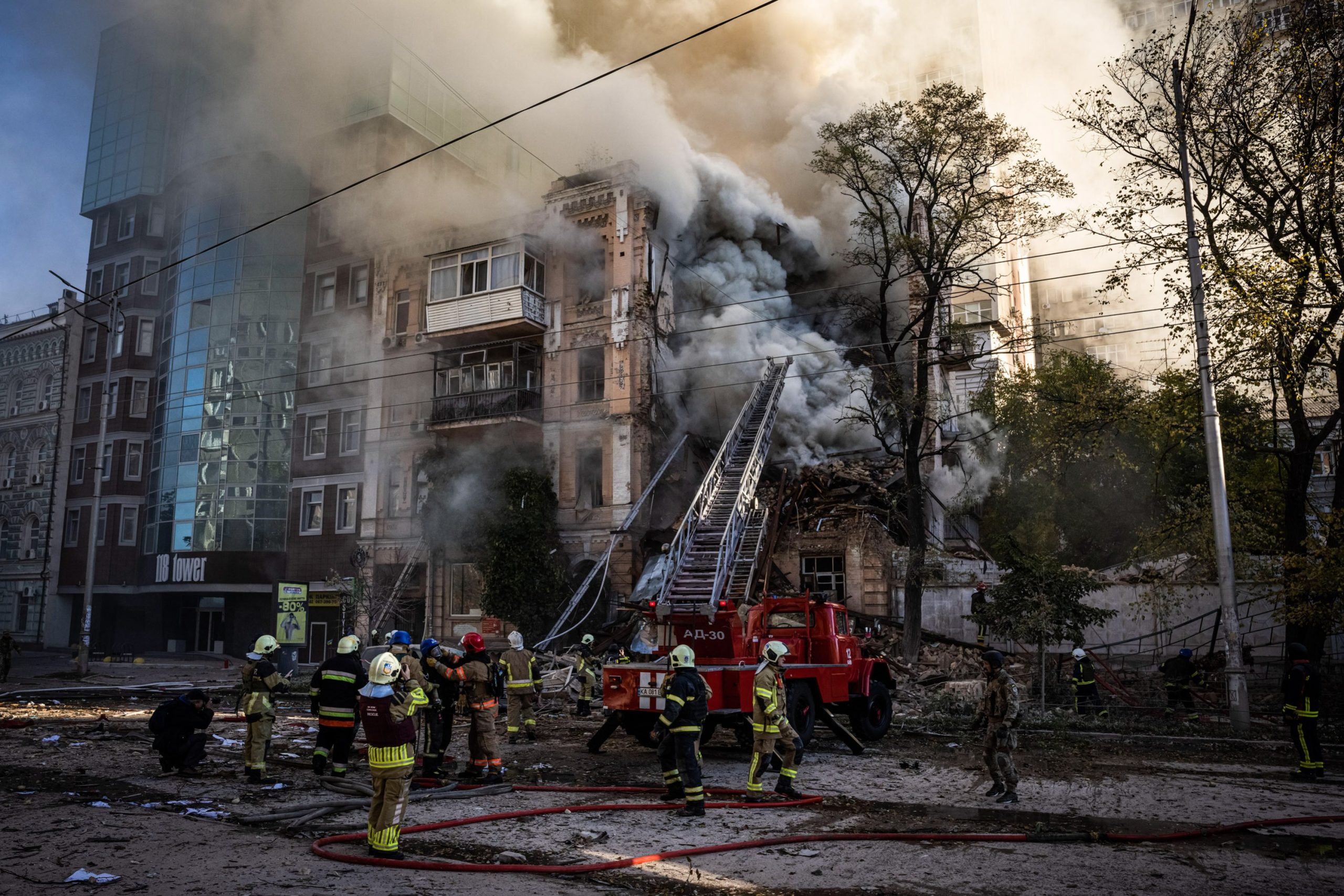
Mass-market military drones have changed the way wars are fought
These cheap, good-enough drones that are free of export restrictions have given smaller nations the kind of air capabilities previously limited to great military powers. While that proliferation may bring some small degree of parity, it comes with terrible human costs. Drone attacks can be described in sterile language, framed as missiles stopping vehicles. But what happens when that explosive force hits human bodies is visceral, tragic. It encompasses all the horrors of war, with the added voyeurism of an unblinking camera whose video feed is monitored by a participant in the attack who is often dozens, if not thousands, of miles away.

What’s more, as these weapons proliferate, larger powers will increasingly employ them in conventional warfare rather than rely on targeted killings. When Ukraine proved it was capable of holding back the Russian invasion, Russia unleashed a terror campaign against Ukrainian civilians via Iranian-made Shahed-136 drones. These self-detonating drones, which Russia launches in salvos, contain commercial parts from US companies. The waves of drone attacks have largely been intercepted by Ukrainian air defenses, but some have killed civilians. Because the Shahed-136 drones are so cheap to make, estimated at around $20,000, intercepting them with a more expensive missile incurs a cost to the defender.
Export potential
The TB2 was developed by MIT graduate Selcuk Bayraktar, who researched advanced vertical landing patterns for drones while at the university. His namesake drone is a fixed-wing plane with modest specifications. It can communicate at a range of around 186 miles from its ground station and travels at 80 mph to 138 mph. At those speeds, a TB2 can stay in the sky for over 24 hours, comparable to higher-end drones like the Reaper and Gray Eagle.
From altitudes of up to 25,000 feet, the TB2 surveys the ground below, sharing video to coordinate long-range attacks or movements, or releasing laser-guided bombs on people, vehicles, or buildings.

